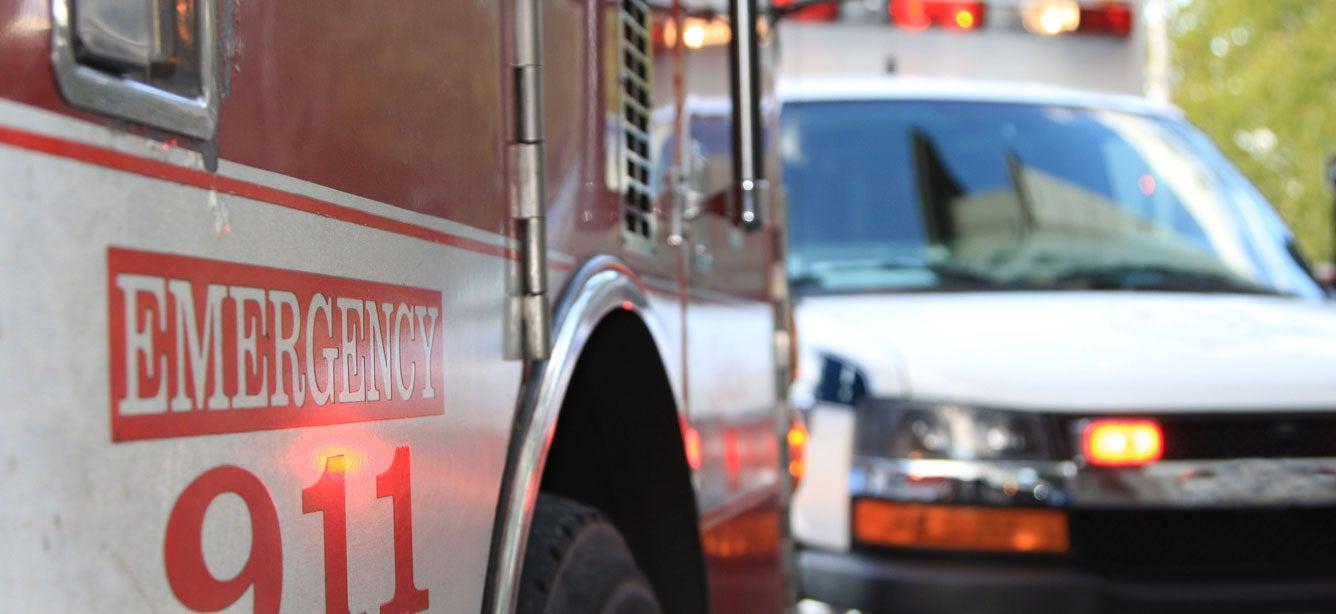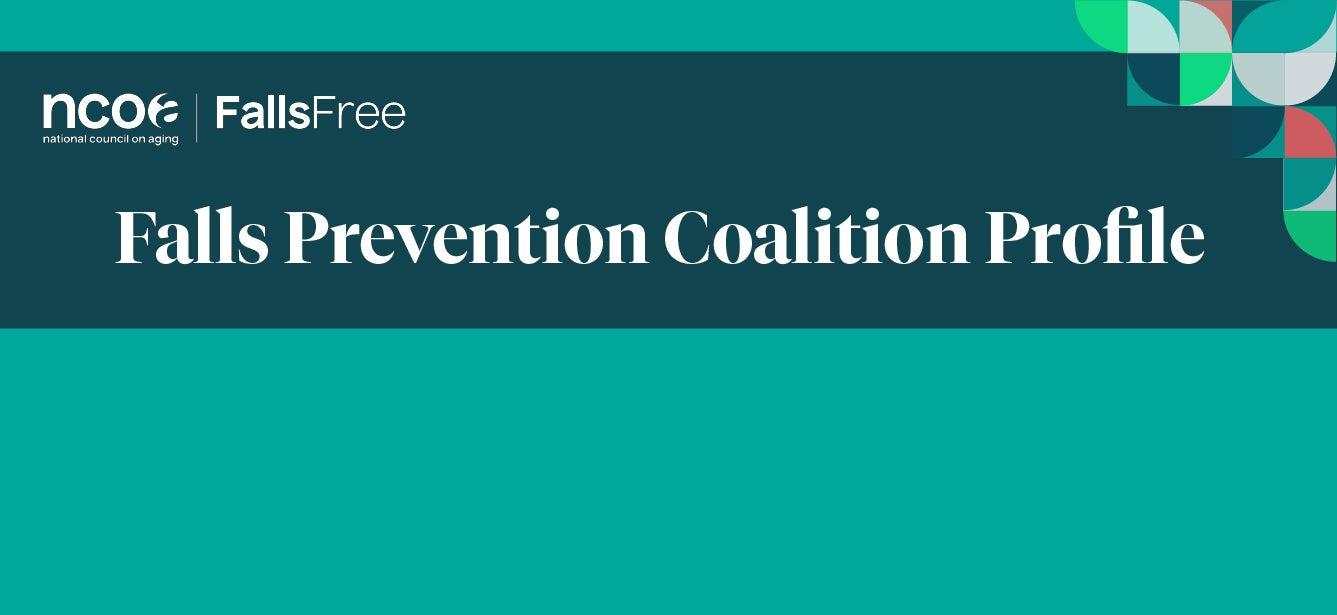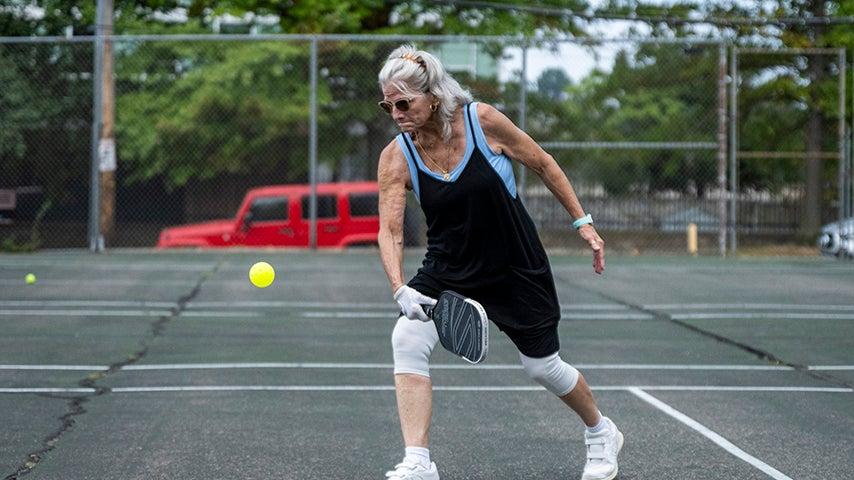
Coalitions are the uniting structure that enable individuals and organizations with a common interest to do together that which they cannot do alone. State falls prevention coalitions bring together organizations, providers, and community members to:
- Collaboratively reduce older adult falls
- Improve the accessibility of falls prevention programs and resources
- Build statewide capacity to address falls and fall-related injuries
Since 2006, NCOA has provided essential support for the nationwide network of falls prevention coalitions. Representatives from falls prevention coalitions convene quarterly as part of NCOA’s Falls Free® State Coalitions on Falls Prevention Workgroup.
Why are state coalitions necessary to address falls?
Despite the growing prevalence of falls among older adults and the high cost associated with fall-related injuries and hospitalizations, there is no single state agency designated to address falls. Given the complex, multi-factorial nature of falls and the differences in policies, resources, and funding between states, state coalitions are an ideal mechanism for coordinating efforts to reduce falls.
Coalitions lead multidisciplinary solutions
Older adult falls are caused by a variety of falls risk factors including impaired balance, reduced muscle strength, home hazards, depression, low vision, improper footwear, polypharmacy, incontinence, dizziness, arthritis, and cognitive difficulty. Due to the multi-factorial nature of falls risk, professionals from a variety of sectors, including aging, healthcare, housing, and disability, are each needed to address distinct aspects of falls. Coalitions provide the structure needed to unite these professionals to effectively and collaboratively address all dimensions of falls.
Coalitions address state’s unique needs and priorities
Policies, funding, available resources, and falls-related needs and priorities differ across states. For instance, some states have successfully secured state-level funding to support falls prevention awareness campaigns or the provision of evidence-based falls prevention programs whereas others rely on fundraising and in-kind support. A state’s geography will also impact its approach to reducing falls. States with colder climates incorporate measures to address winter-weather safety whereas states prone to hurricanes focus on safe evacuation protocols. State-level falls prevention coalitions enable states to address their state-specific falls risk factors and leverage their unique assets.
Who is involved in a state falls prevention coalition?
State falls prevention coalitions include members from both the formal and informal sectors. Formal sector members represent major institutions in the community and include groups and individuals that have specific responsibilities and roles related to addressing falls. State falls prevention coalition members from the formal sector include aging services providers, public health professionals, health care providers, researchers, and policymakers.
Members from the informal sector include those who are most connected to the population of interest. Informal sector members of state falls prevention coalitions have a vested interest in the issue of falls prevention but may not be explicitly responsible for addressing falls. Such members may include older adults, family caregivers, faith-based groups, students, and rotary clubs.
Engaging those directly affected by falls, especially older adults and caregivers, is essential to the success of falls prevention coalitions. Their lived experience offers invaluable insight and perspective and can help shape more relevant and effective strategies. Coalitions should prioritize the meaningful inclusion of these community members, ensuring they are respected as equal partners and actively involved in all aspects of coalition work.
What does a state falls prevention coalition do?
Coalitions affect changes in programs, policies, and practices. While each state falls prevention coalition has unique goals and engages in distinct activities, there are activities that are commonly conducted across state falls prevention coalitions to reach their goals, including:
- Increase availability and accessibility of falls prevention programs and services: State falls prevention coalitions can educate members and the public about existing evidence-based falls prevention programming, maintain referral systems, and lead initiatives to offer services in regions with limited access to falls prevention programs.
- Coalition Spotlight! An impressive program-level change effort was coordinated by the Ohio Older Adult Falls Prevention Coalition through which over $183,000 was awarded to communities across Ohio to build capacity for evidence-based falls prevention programs.
- Increase awareness: State falls prevention coalitions improve public and professional awareness of falls through coordination of awareness campaigns, hosting falls prevention websites, offering education presentations, participating in health fairs, and engaging in Falls Prevention Awareness Week.
- Coalition Spotlight! Each year during Falls Prevention Awareness Week the Iowa State Falls Prevention Coalition hosts a symposium to improve awareness and education.
- Build and maintain an integrated network: With unique factors in each state and a wide range of multidisciplinary stakeholders, state falls prevention coalitions provide a central structure for establishing partnerships and reducing duplication of effort.
- Coalition Spotlight! The Florida Falls Prevention Coalition brings together a wide range of members from area agencies on aging, medical centers, county emergency response services, professional associations, health insurance providers, and even a theater group!
- Enhance data collection and evaluation: State falls prevention coalitions collect and synthesize falls-related data such as emergency room visits due to falls, evidence-based fall prevention program participation, and emergency medical services involvement in lift assists. Evaluation of such data can help coalitions identify their state’s priority needs and develop related strategies to increase impact.
- Coalition Spotlight! Data obtained from the Connecticut Department of Public Health provides the Falls Free CT Coalition with a state-wide analysis of fatal, nonfatal, and EMS response data at the town level, enabling coalition members to understand falls data from a more localized perspective. This collaboration also supports independent analyses of town-level trends by the Falls Free CT Coalition Data Work Group.
- Increase funding and investment: To fuel sustainable activity, state falls prevention coalitions pursue funding through federal and local grants, use of Title IID funds for evidence-based falls prevention activities, and collaboration with private funders.
- Coalition Spotlight! Falls Free Wisconsin secured earmark funding to establish a robust, interactive website and tool, FallsFreeWI.org, and further Wisconsin’s statewide falls prevention initiatives. FallsFreeWI.org features a variety of resources including the Home Safety Challenge, state-level falls data, and up to date information on upcoming events and programs.
Getting involved in a state falls prevention coalition
Committed member involvement is essential to the success of a state falls prevention coalition. There are a variety of ways for new and existing members to enhance their coalition involvement. State falls prevention coalition members can get engaged in specific initiatives, join or form a workgroup around a specific project or aspect of coalition functioning, or serve on a steering committee or leadership council.
Involvement in a state falls prevention coalition can provide a variety of benefits for individuals, organizations, and the community. Individuals can benefit by engaging in networking, developing new skills, making their voice heard on an important topic, and most importantly, accessing personal fulfillment that accompanies working collaboratively with like-minded peers toward a common goal. Organization level membership in a state falls prevention coalition can enable agencies to build new partnerships, grow their recognition, and stay aware of new opportunities, research, and resources.
Ultimately, the greatest benefit of a state falls prevention coalition should be felt by the community. State falls prevention coalitions can improve community health and well-being, streamline referral processes and service delivery, ensure available services align with community needs, and prevent duplication of effort. By joining and actively participating in your state falls prevention coalition, you can be part of the solution to reduce falls and ensure all members of your community stay safe and independent as they age. Learn more about your state’s falls prevention coalition on the NCOA site!
Additional resources
- Directory of State Falls Prevention Coalitions: Learn more about your state’s falls prevention coalition and take the next step to get involved.
- Guide to State Coalition Building for Falls Prevention: Discover a compendium of practical tools, resources, and strategies to assist state falls prevention coalition building efforts.
- Falls Prevention Awareness Week Impact Report: Each year, state falls prevention coalitions play an important role in spotlighting falls prevention in older adults. Read the latest Impact Report to discover creative ways coalitions raise awareness and provide education on older adult falls.
- University of Kansas Community Toolbox: KU’s Toolbox includes a wealth of information and examples from existing collaboratives to support developing coalitions and community building initiatives.
Sources
1. Starting a coalition. Lawrence, KS: University of Kansas. Found on the internet at http://ctb.ku.edu/en/table-ofcontents/assessment/promotion-strategies/start-a-coaltion/main
2. Society for Public Health Education. Coalition Building Resources. SOPHE's Center for Online Resources & Education. Found on the internet at https://elearn.sophe.org/coalition-building-resources


